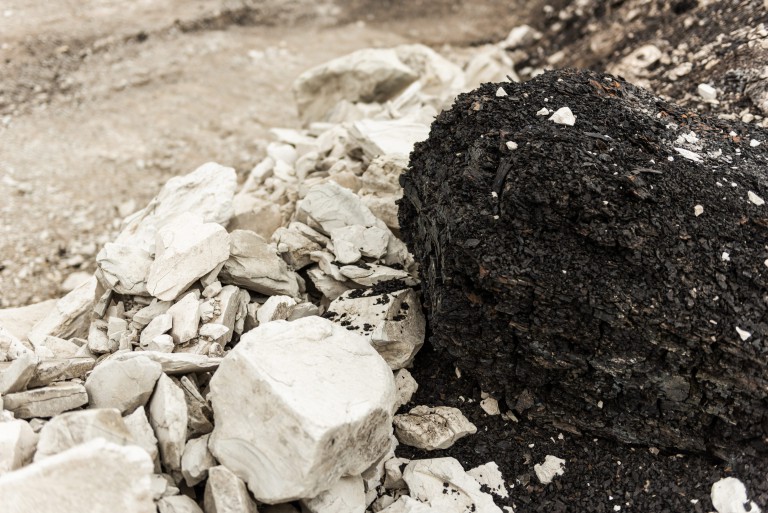Many people are confused by the various types of diatomaceous earth available and are unsure of the safety of the product, particularly because many generalizations are made online.
Natural, un-calcined diatomaceous earth is largely composed of amorphous silica. Silica itself is the most common element on earth and comes in several forms. Amorphous silica is not harmful. Crystalline silica also comes in several forms however, unlike amorphous silica, certain forms of crystalline silica have been shown to be harmful to the health of humans. The NTP (National Toxicology Program) and IARC have determined that crystalline silica inhaled from industrial sources can cause cancer in humans. This relates to workers in Quarrying & Related Milling Operations, the Cement and Ceramics Industry, etc. who could potentially be inhaling respirable crystalline silica if they are not wearing the proper safety equipment. The respirable dust range harmful to workers’ health is defined by those particles at, or below, the 10 μ size range. To put this size into perspective, 325 mesh is approximately 44 μ and is the smallest micrometer size that one can see with the unaided human eye (NIOSH).
Diatomaceous earth, zeolite (which is another form of silicates and has many of the same properties as diatomaceous earth), sand on the beach and most other silica based materials do contain some crystalline silica. However, the amount of respirable crystalline silica present in most food grade DE products would be minuscule or minimal. An individual would be exposed to more crystalline silica at the beach.
Image by Martin Cathrae


